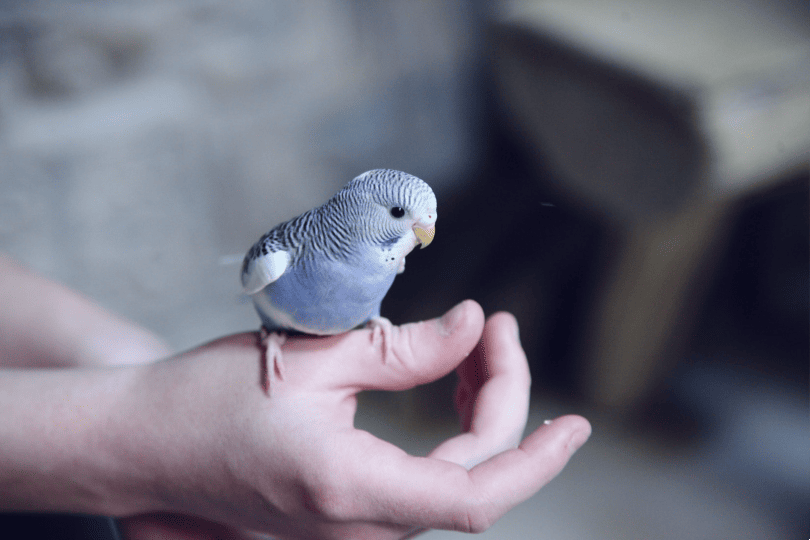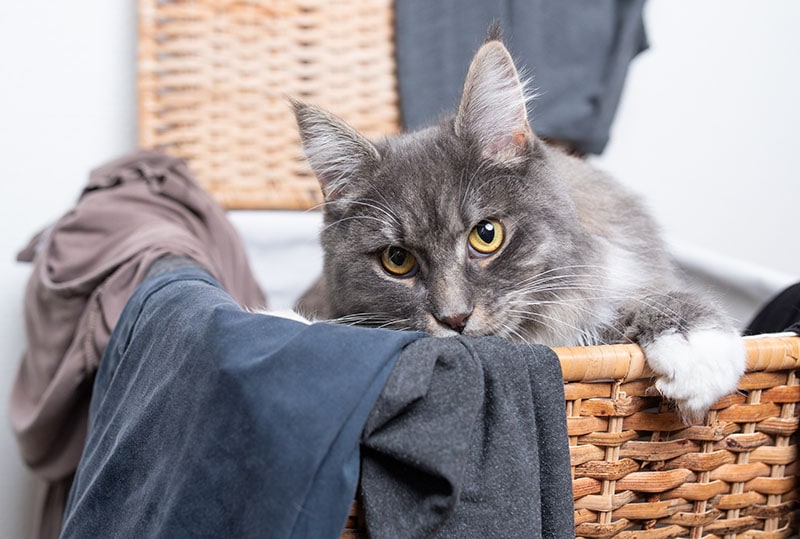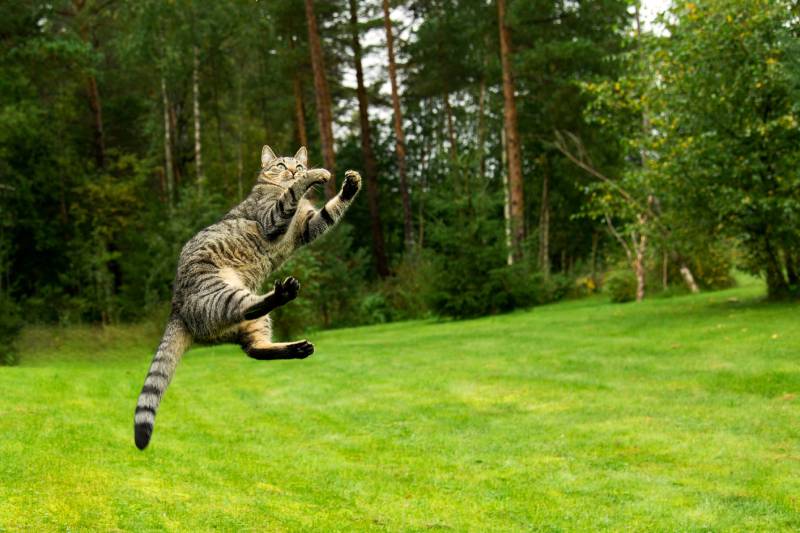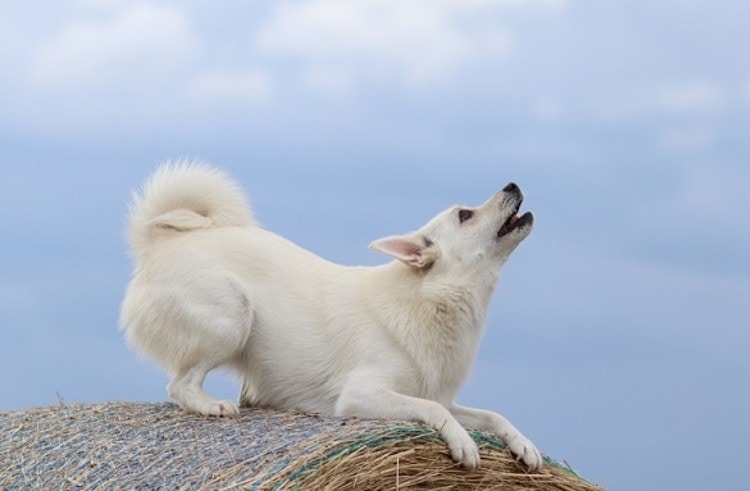VET APPROVED

The information is current and up-to-date in accordance with the latest veterinarian research.
Learn more »Is there anything more adorable than coming home and seeing your pet bird greet you with their happy little dance? This behavior is one of the 14 signs that your pet bird trusts and likes you.
Find out about the other signs in this article to help you strengthen your relationship with your feathered friend.

The 13 Signs That Your Pet Bird Trusts and Likes You
1. Making Body Contact
If your bird seems to want to snuggle with you, that’s a great sign! It shows that they intend to make a deep emotional connection with you. Watch if they try to climb on your hand, rub themselves against your body, or linger on your neck. These are signs of affection that your bird likes you.
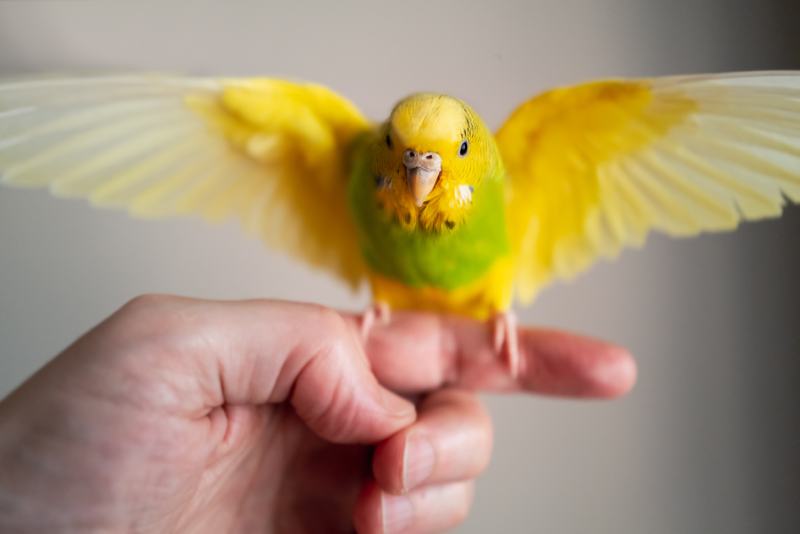
2. Flapping Wings
Yes, a bird’s wings are mainly used for flying, but they can also express feelings. If you see your bird flapping their wings excitedly (usually accompanied by a chirp or call) when you approach them, this is an excellent sign that they are happy around you.
A bird that flaps their wings but does not fly away is indeed a sign of joy.
3. Calling For You
Another sign your bird likes you is that they call for you, especially when they realize that you’re nearby but not in their field of vision. This is normal behavior in birds, as they rely on calling out to their flock members. It’s a sign that your bird considers you a part of their flock.

4. Dilated Pupils (For Parrots)
They say that the eyes are the mirror of the soul. Well, that is also true for your pet bird!
When a parrot is intimidated or angry, they will pin their iris before lunging to bite. Conversely, a parrot with dilated pupils is often perceived as a relaxed bird. However, other factors can impact your parrot’s pupil size and position.
5. Hanging Upside Down
Anecdotally, some people believe that by being in this position, a bird is showing their vulnerability. Therefore, if they do so in your presence, it is probably to show you that they feel good because they trust you and are not afraid.
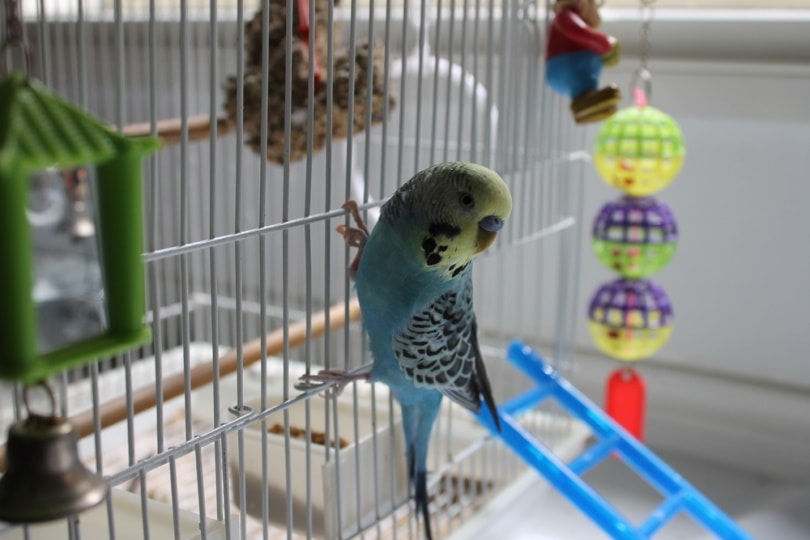
6. Observe the Beak and the Movements of Its Head
Birds can use their beaks to express different things. It can be subliminal messages and practical work (like bursting the shell of a seed). If your parakeet or parrot “wiggles” their beak in your presence, it is often perceived as a sign of affection.
When a bird grinds their beak, it’s another sign that’s considered synonymous with being content.
When some birds play together, for example, parakeets, they sometimes seem to peck each other, but this is not the case: they are only playing. If your pet bird does this with you, without trying to hurt you, it is a sign of immense love.
7. Regurgitation Is a Sign of Love
Yes, that sounds disgusting, but if your feathered companion is regurgitating food when you are around them, this is a solid sign of affection. Especially if your bird moves their head and eyes immediately afterward.
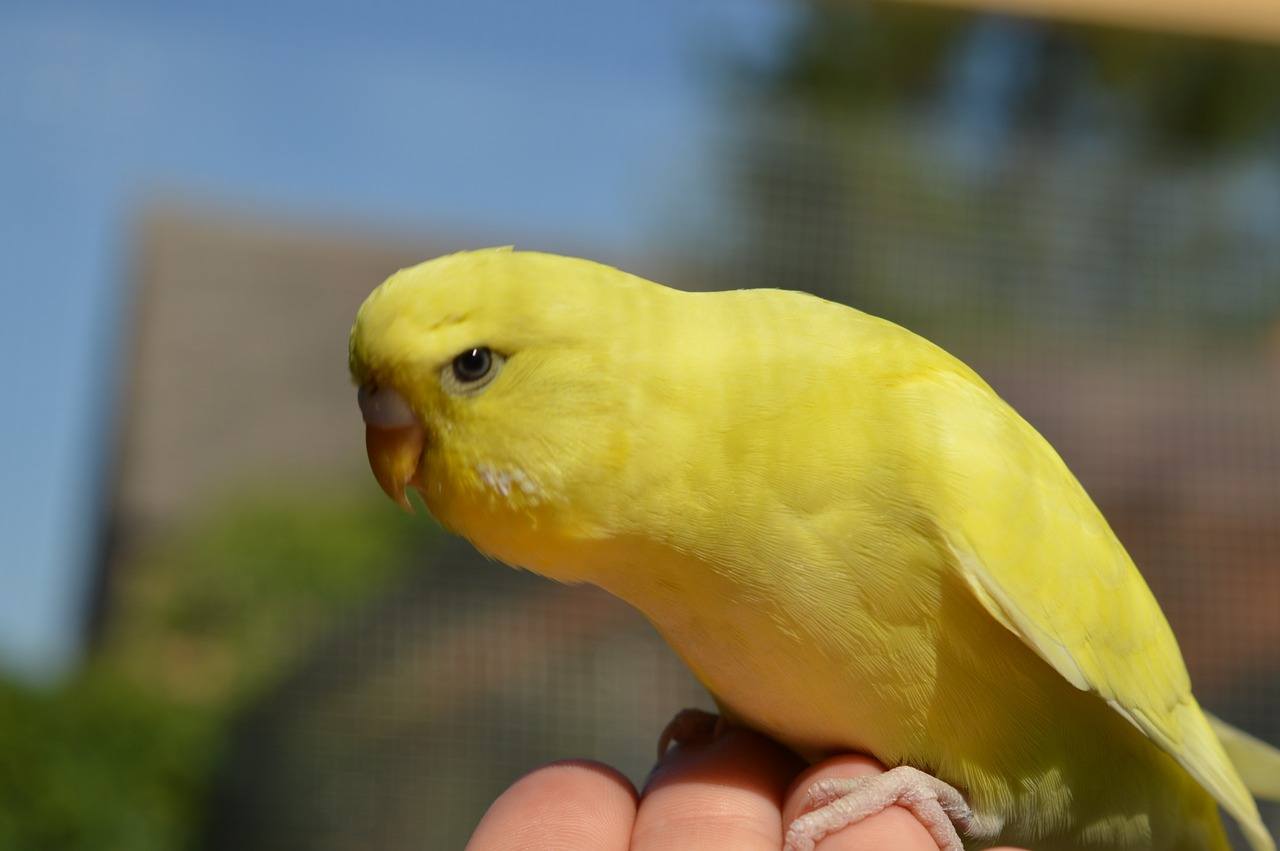
8. Listen!
If you hear your bird trying to sing or say any words, no matter how simple, this is a great sign of affection. If your bird likes you, they may try to reproduce words you say, whether they mean something to them or not. If you notice this, you are in luck because your bird adores you.
- Related Read: 9 Lovebird Sounds and Their Meanings (with Audio)
9. Watch the Tongue Movements
When a bird is pleasantly surprised that you take them on your finger or on your hand, they will express their contentment by performing tongue clicks. So, if you hear your friend clicking their tongue around you, that’s a perfect sign of their love for you.
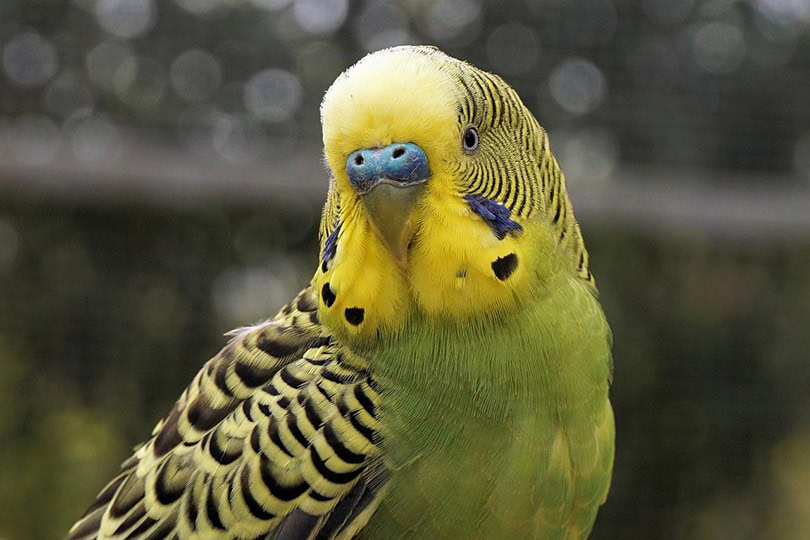
10. Beak Rubbing
Your bird may rub their beak on a perch or accessory in their cage because they want to remove food scraps stuck to their beak. But some people claim that if they start rubbing their beak against you, they want to show their affection for you.
11. Happy Little Feet Dance
A bird that dances and moves their head is usually a sign that they are happy to see you and feel good. Head movements can also result in some kind of sexual behavior.
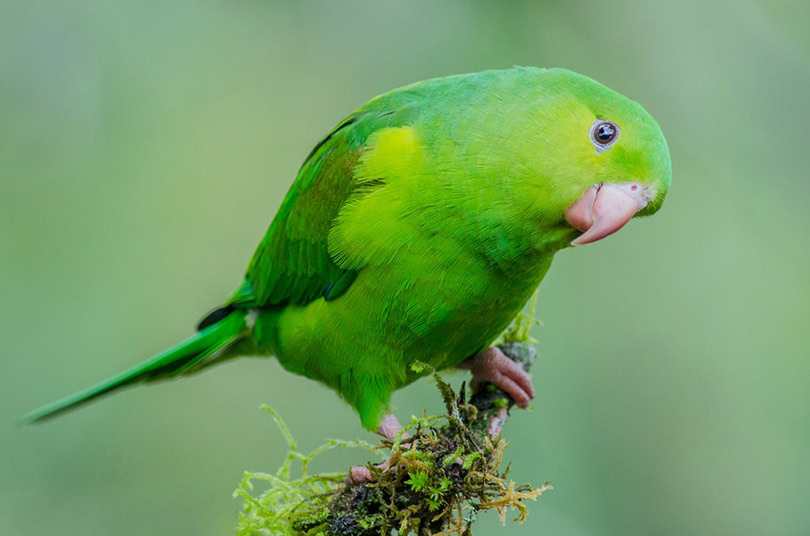
12. Following You Everywhere
If your bird follows you around the house, it is because they are delighted in your company and just want to be around you all the time.
13. Body Language
Overall, you can learn a lot from watching how your bird moves their body when they are around you. By paying attention to the movements of the bird’s body as well as the movement of their wings and tail, you can learn a lot about the feelings your pet has when you are around them.
If you see that the bird has a relaxed posture and is calm when you approach them, they usually are comfortable around you. When you see them moving their head back and forth in your direction, it means that they feel good with you and that they are (undoubtedly) looking for you to stroke their head and give them some love and affection.
When a bird is uncomfortable and doesn’t appreciate your presence, they will express their dissatisfaction by moving from side to side while having a rigid body and puffing up their feathers.
- Tip: If your bird behaves this way, the best thing you can do is walk away. They probably don’t want to be close to you right now or are not ready to accept you yet. You can try it later. To insist now would be a mistake.
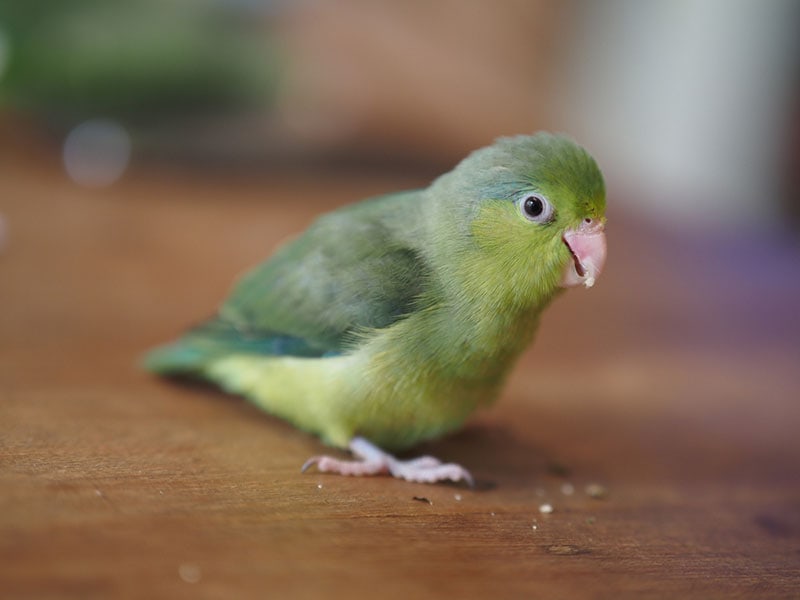

A Few More Tips
Never try to forcefully grab your bird with your hand. Simply place your hand in the cage and extend your finger. Your friend will come to rest on your finger. It may take a little while for them to do so. Be patient.
Never frighten your bird, or do anything that might scare them because then you will not be able to bond with them. Give your new friend some treats. Every time your parrot accomplishes something you want them to do, reward them with a treat and lots of love.
Never force your bird to do anything against their will, like pulling them out of their cage or eating from your hand.


Conclusion
Animals, and especially birds, are perfectly capable of communicating their joy and well-being. Birds are indeed joy embodied. The happiness of these feathered animals is contagious, and sharing it with them is a fantastic experience for those of us lucky enough to be in their company.
However, suppose your pet bird is not exhibiting the typical behaviors of a healthy bird. In that case, it may be that they are stressed or even sick. In such a scenario, it’s best to seek further advice from a veterinarian.
Featured Image Credit: Sharon McCutcheon, Unsplash
Contents
- The 13 Signs That Your Pet Bird Trusts and Likes You
- 1. Making Body Contact
- 2. Flapping Wings
- 3. Calling For You
- 4. Dilated Pupils (For Parrots)
- 5. Hanging Upside Down
- 6. Observe the Beak and the Movements of Its Head
- 7. Regurgitation Is a Sign of Love
- 8. Listen!
- 9. Watch the Tongue Movements
- 10. Beak Rubbing
- 11. Happy Little Feet Dance
- 12. Following You Everywhere
- 13. Body Language
- A Few More Tips
- Conclusion
